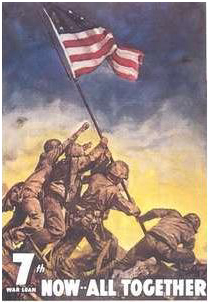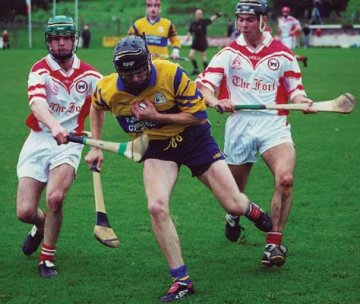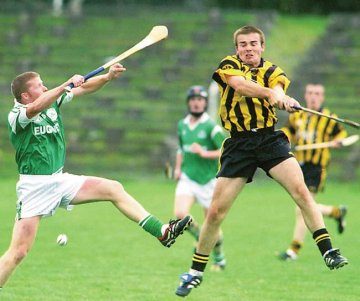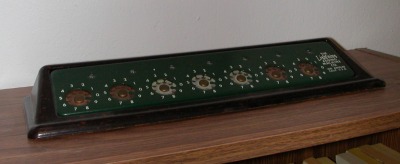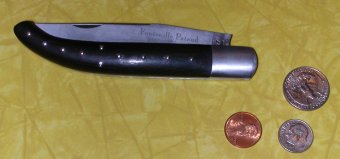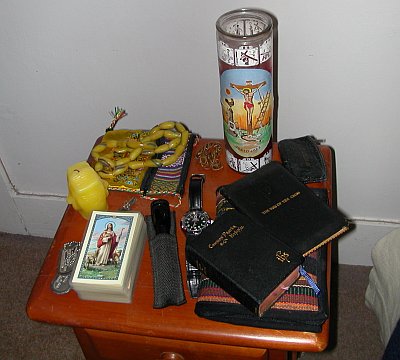Yesterday I was digging through a stack of large boxes full of old papers. I've got two whole closets full of these boxes. I moved in here almost seven years ago, I keep telling myself one of these days I'm going to sort through those boxes, and of course I never get around to it.
Well, yesterday in one of those boxes I stumbled across a sheaf of papers, quite a number of games I made up back in my junior high and high school years. Mostly card games. A few of them, I remember. But many of these games had completely slipped out of my memory. Hey, we're talking over 30 years ago, and an elephant I am not.
Here's one of the card games I concocted, I'd guess in my high school years, early 1970s. It's called the game of Spades: not a very creative name, but the game looks quite playable. In some ways it looks like Schafskopf (the three-handed version), which I
was discussing the other day. But in other ways my game of Spades has a character all its own.
Number of Players: three.
The Deck: 32 cards (7 low).
Rank of Cards: A (high), K, Q, J, 10, 9, 8, 7 (low).
Rank of Suits: spades (high), clubs, hearts, diamonds (low).
The Deal: Ten cards to a player, dealt three, four, three, with two cards left over for a blind.
Object of the Game: To take a majority of the points in cards.
Bidding: Starting with the player to the left of the dealer, each person may either pick up the blind or refuse it. A player who picks it up contracts to take at least half the points in cards. After he picks it up, he must discard two cards to restore his hand to ten cards. These discarded cards count for him at the end of the hand.
The Play: Player to the left of the dealer leads to the first trick. The winner of a trick leads to the next trick. A player must follow suit if possible. Otherwise he may play any card. The highest card of the highest suit wins the trick.
Trumping: A card may be trumped by any card of a higher suit; that is, a diamond by a card of any other suit, a heart by any black card, a club by any spade. Since spades are the highest suit, they cannot be trumped.
Scoring: At the end of the hand, the bidder counts up the cards he has won as follows:
ace of spades...........................40
each other ace..........................20
each face card (K, Q, J)..........10
each lower card (10, 9, 8, 7)...5
There is a total of 300 points in the deck. If the bidder took in less than 150 points, each opponent scores one game point. If the bidder took in 150 or more points, he scores as follows:
Bidder takes in: Bidder scores:
150-195...............1 game point
200-245........... 2 game points
250-295.............3 game points
300.....................4 game points
Game: The first player to reach seven game points wins.
Loose ends: Already I can see a few gaps in the rules. For instance, what happens if all the players pass? I suppose this would be handled more or less as in the three-handed version of Schafskopf which I learned around that same time: if all three players pass, the hand is played "for least," with no trump, the blind going to the winner of the last trick, and the player who takes the fewest points scoring 1 game point. Various complicated rules obtain in case of a two or three way tie for least.
I can also see how certain elements of the game of Spades tie in to my own elaborate private "game mythos," going all the way back into my preschool years. The rank of the suits, spades, clubs, hearts, diamonds; the ace of spades as 40, and the other aces as 20: details like these had been set in my inward world quite literally by the time I was three years old. Believe me, you
don't want to know just how deep
that rabbit hole goes. From a very early age, games had a
nigh-mystical significance for me.
Overall, a pretty good card game. I'd say I must have made it up back around age 16.
Labels: games








